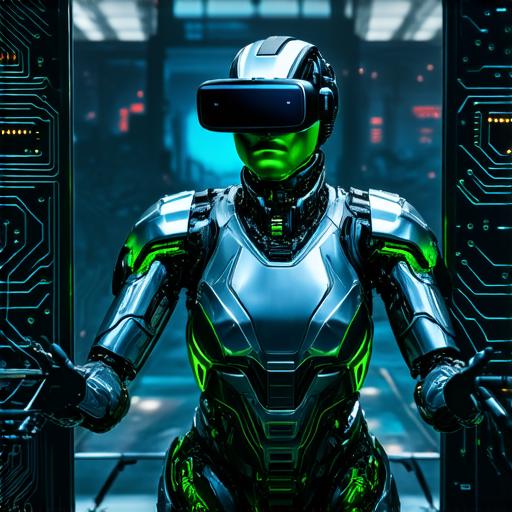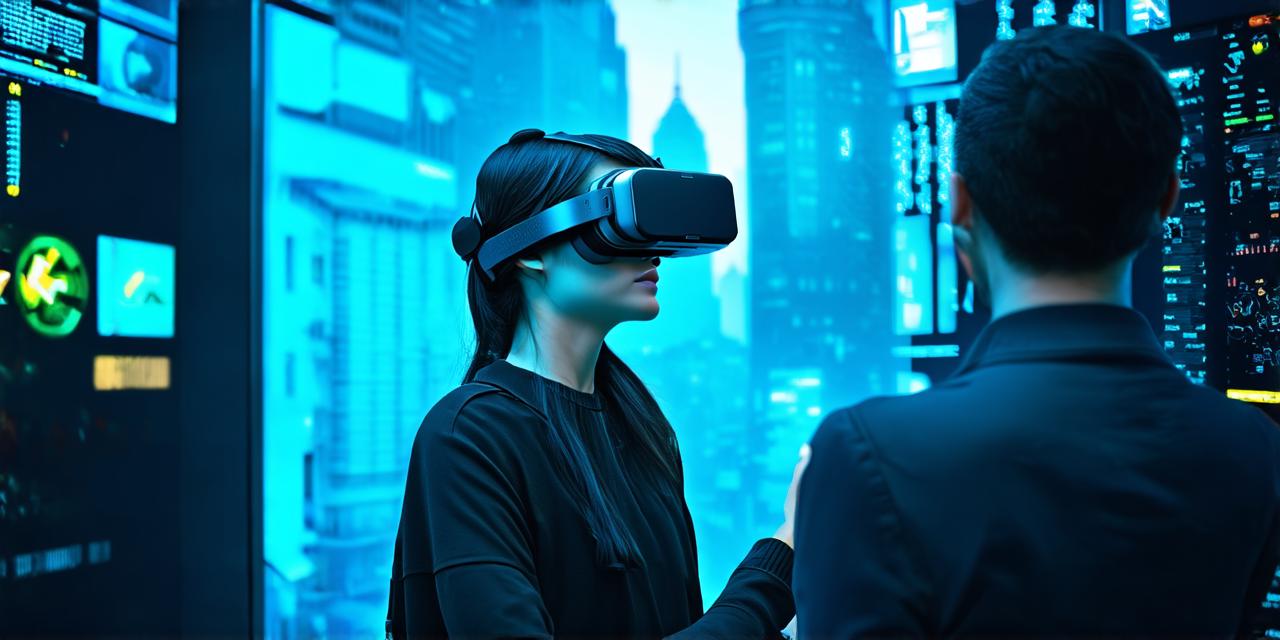Advancements in Hardware:
One of the most significant factors driving the growth of virtual reality is the rapid advancements in hardware technology. The rise of powerful processors, high-resolution displays, and advanced tracking systems have made VR experiences more immersive and realistic than ever before. This has opened up new possibilities for developers to create unique and engaging applications that were previously impossible with traditional computing technology.
Increased Accessibility:
Another key factor driving the growth of virtual reality is increased accessibility. With the advent of mobile VR devices, such as smartphone-based headsets like Samsung Gear VR and Google Daydream, virtual reality has become more accessible to a wider audience. This has led to an explosion of new use cases for VR, ranging from e-commerce and marketing to education and training.

Mobile VR has opened up new possibilities for developers to create unique and engaging applications that were previously impossible with traditional computing technology. With mobile devices becoming more powerful and accessible, developers can now reach a wider audience and create new types of experiences that were previously only possible on high-end gaming consoles or specialized VR systems.
The Rise of Augmented Reality:
As VR technology continues to advance, augmented reality (AR) is also becoming increasingly popular. AR is a type of virtual reality that overlays digital information onto the real world, creating an interactive and immersive experience for users. This technology has already found applications in areas like gaming, advertising, and retail, but it’s likely that we will see even more innovative uses of AR as the technology continues to evolve.
AR technology is still in its early stages, but it has already shown great potential in a variety of industries. For example, AR can be used in education to provide students with interactive and immersive experiences that help them better understand complex concepts. In retail, AR can be used to provide customers with more information about products and enable them to visualize items in their own homes before making a purchase.
Emergence of Wireless VR:
Another major trend in virtual reality is the emergence of wireless VR headsets. These devices are designed to be completely free from cords and wires, making them more convenient and accessible for users. This has already led to the development of popular wireless VR headsets like Oculus Quest 2 and HTC Vive Pro Eye, and we can expect to see even more wireless VR devices in the future.
Wireless VR headsets have several advantages over traditional VR systems. First, they are more convenient for users, as they don’t require any cords or wires to be connected to a computer or console. This makes it easier for users to move around and explore virtual environments without being restricted by cords.
Second, wireless VR headsets are often more affordable than traditional VR systems. Without the need for expensive hardware and infrastructure, manufacturers can produce wireless VR devices at a lower cost, making them more accessible to a wider audience.
The Future of Virtual Reality:
Looking ahead, it’s clear that virtual reality is poised for continued growth and innovation over the next decade. Some of the potential developments we may see include:
- The rise of haptic technology, which will allow users to feel more immersed in VR experiences by providing tactile feedback. For example, a user could feel vibrations or pressure on their hands as they interact with virtual objects in a VR environment.
- The integration of artificial intelligence (AI) and machine learning (ML) into VR experiences. This would enable the system to learn from the user’s behavior and adapt the experience accordingly, providing a more personalized and engaging experience.
- The development of new types of VR displays that offer higher resolution and wider field of view. This would make virtual environments look more realistic and immersive, enabling users to feel like they are truly inside the environment.
The potential applications of virtual reality in healthcare are vast. For example, VR can be used for medical training, allowing doctors and nurses to practice complex procedures in a safe and controlled environment. VR can also be used for pain management, by creating virtual environments that distract patients from their pain and provide them with a sense of control over their surroundings.
In conclusion, the future of virtual reality is bright. With continued advancements in hardware and software technology




